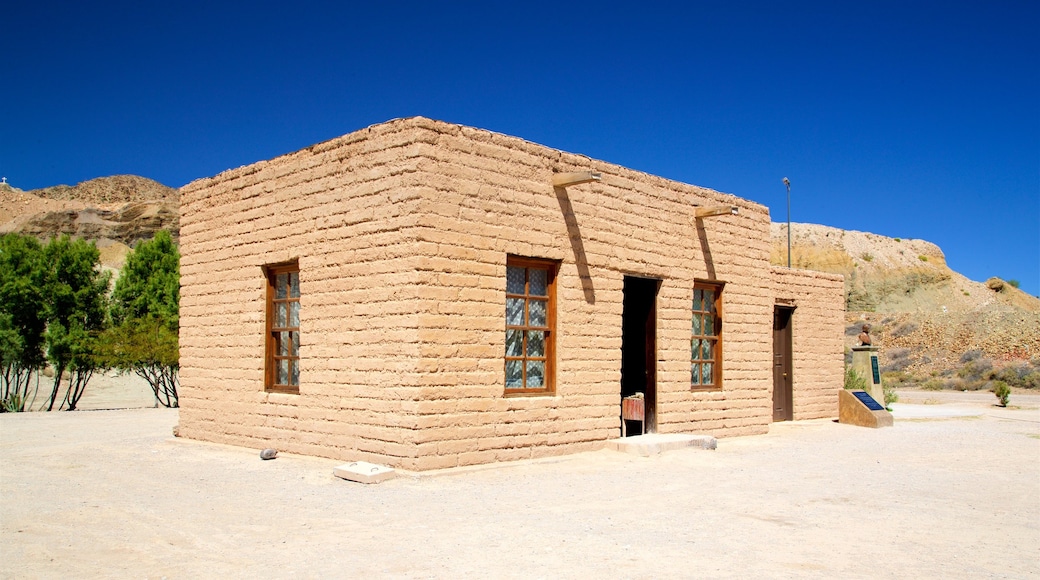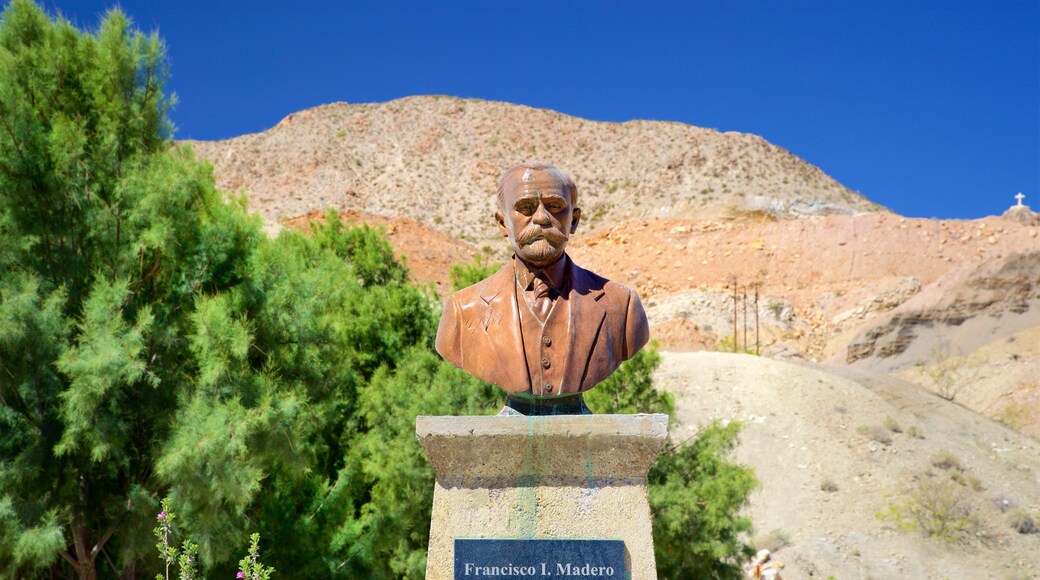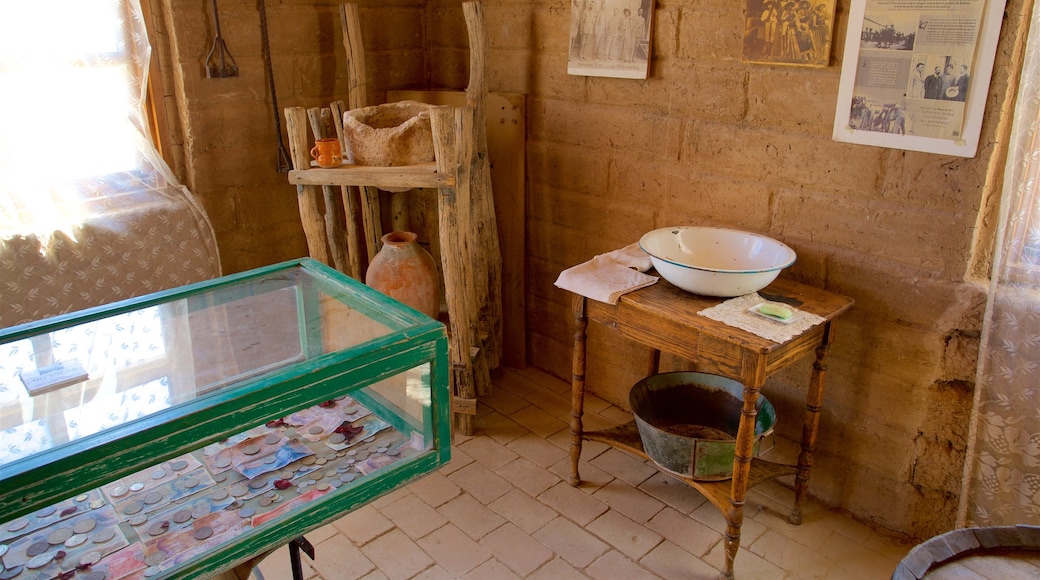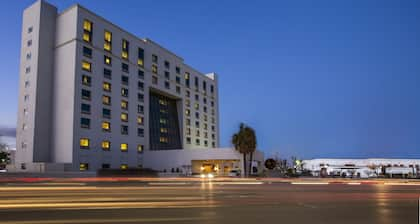カサ デ アドベ ツアーとアクティビティ





カサ デ アドベへの旅行
人気の観光スポット
サン ボウル スタジアム
エルパソ旅行の際は、サン ボウル スタジアムで繰り広げられるイベントをお見逃しなく。また滞在中は、このエリアの高名な劇場を存分に満喫し、スポーツイベントを観戦して、充実した時間を過ごしてください。
ドン ハスキンズ センター
エルパソ旅行の際は、ドン ハスキンズ センターで繰り広げられるイベントをお見逃しなく。また滞在中は、このエリアの高名な劇場を存分に満喫し、スポーツイベントを観戦して、充実した時間を過ごしてください。
UTEP シアター
エルパソ旅行中には、UTEP シアターでパフォーマンスを鑑賞できます。 また滞在中は、このエリアの高名な劇場を存分に満喫し、スポーツイベントを観戦して、充実した時間を過ごしてください。
チワワン砂漠ガーデン
エルパソでは美しい自然スポット、チワワン砂漠ガーデンで最高のアウトドアを体験しましょう。また滞在中は、このエリアの高名な劇場を存分に満喫し、スポーツイベントを観戦して、充実した時間を過ごしてください。
百年博物館
エルパソ訪問中には、百年博物館の貴重な展示品を鑑賞しながら、充実したひと時を過ごせること間違いありません。 また滞在中は、このエリアの高名な劇場を存分に満喫し、スポーツイベントを観戦して、充実した時間を過ごしてください。
テキサス大学エル パソ校
エルパソ旅行中には、テキサス大学エル パソ校のキャンパスツアーに参加し近隣を散策して、学生たちの活気あふれる雰囲気を楽しんでください。 また滞在中は、このエリアの高名な劇場を存分に満喫し、スポーツイベントを観戦して、充実した時間を過ごしてください。
カサ デ アドベ周辺のおすすめホテル









エクスペディアで世界の旅へ
エクスペディアで世界の旅へ
* 個別に予約した同じコンポーネントの価格と比較した、パッケージ予約に基づく割引額。すべてのパッケージで割引を利用できるわけではありません。航空券+ホテル予約で航空券が最大全額OFF - 割引額は、すべての割引とリワードが適用される前の、航空券 + ホテルのセット料金と、航空券とホテルを個別に予約した場合の料金との比較に基づきます。セット予約の割引額は、最大で航空券全額に相当します。割引額は、出発地 / 目的地、宿泊数、宿泊期間、旅行サービス業者によって変動します。すべての航空券 + ホテルのセット予約に割引が適用されるわけではありません。